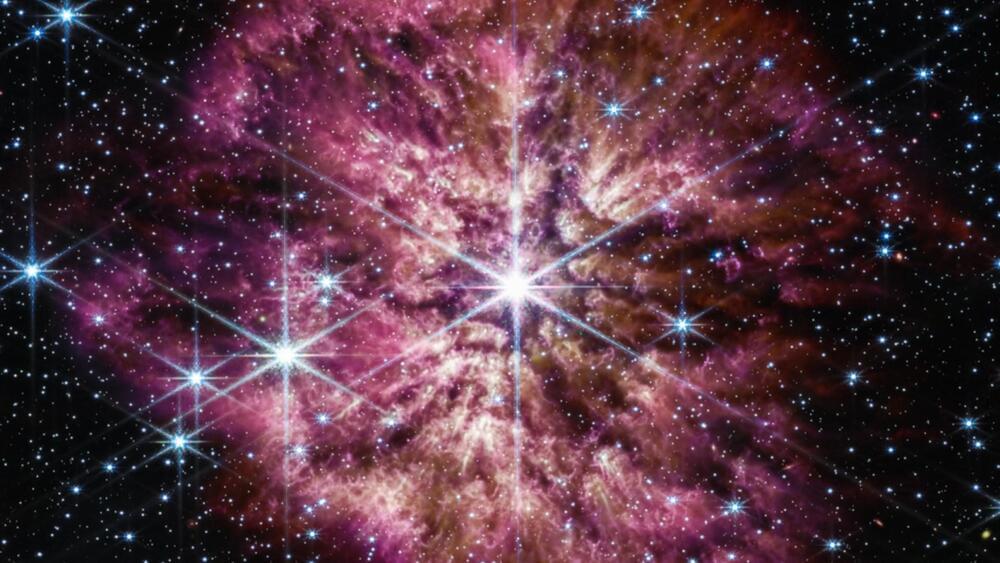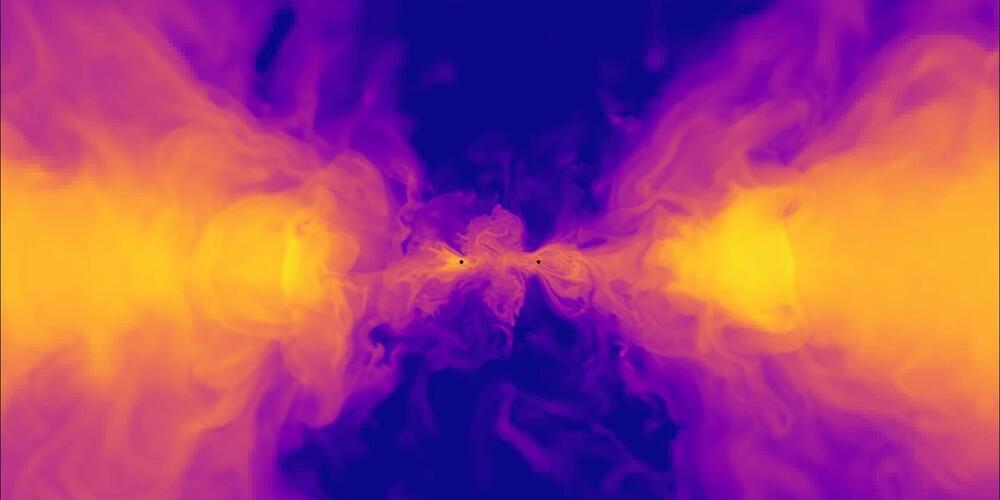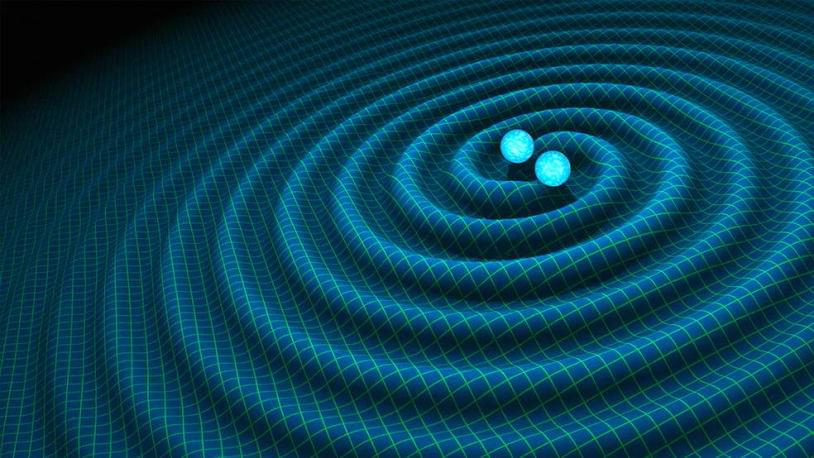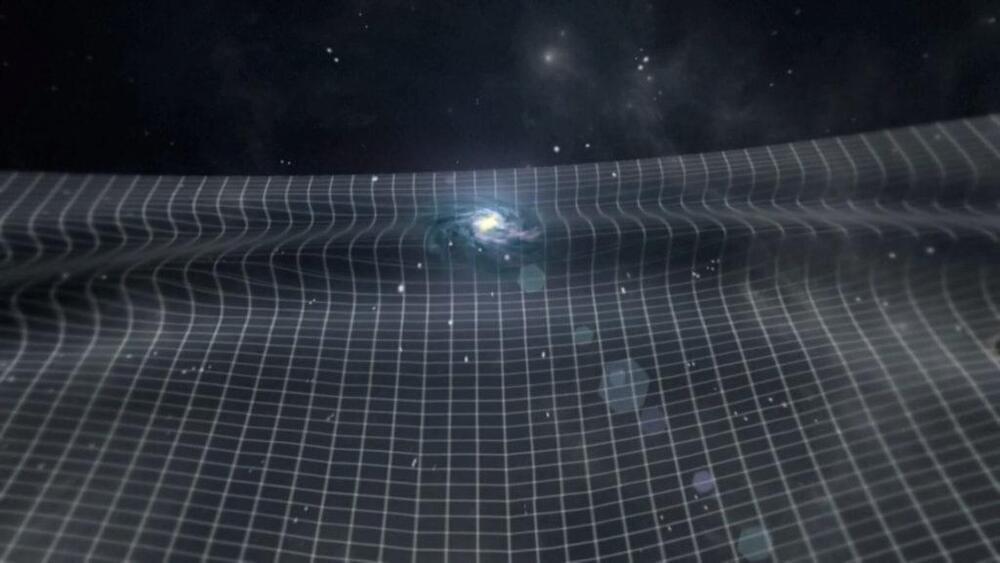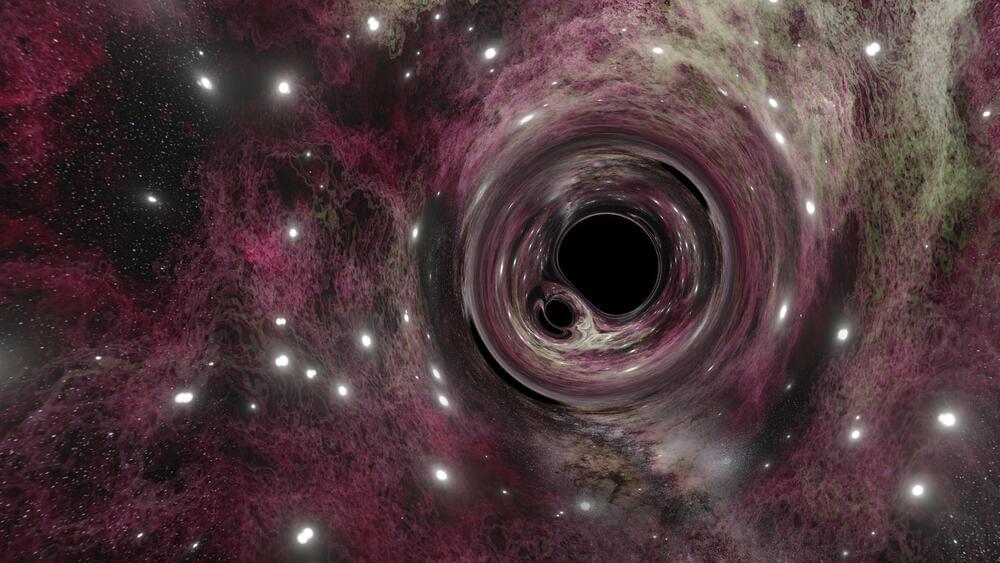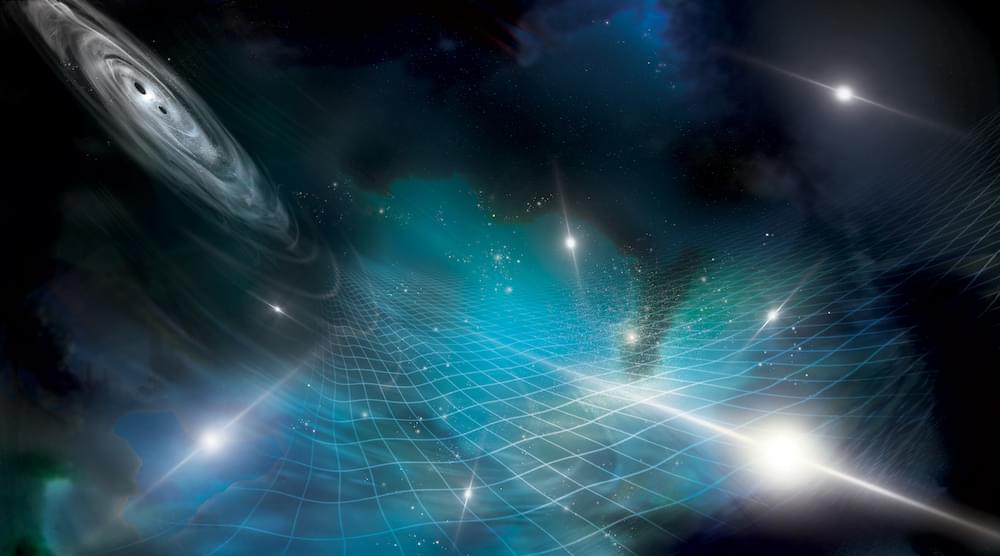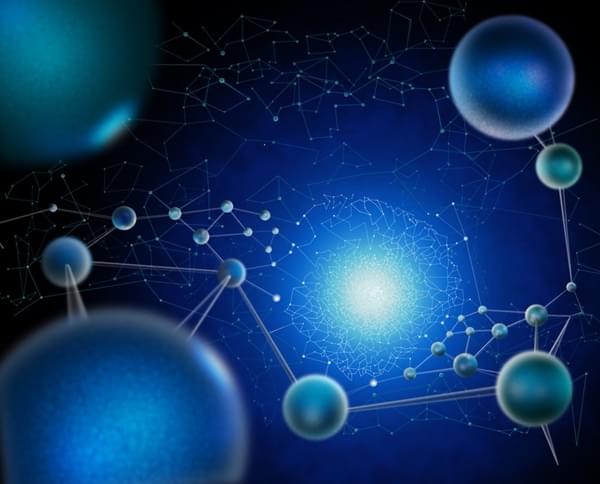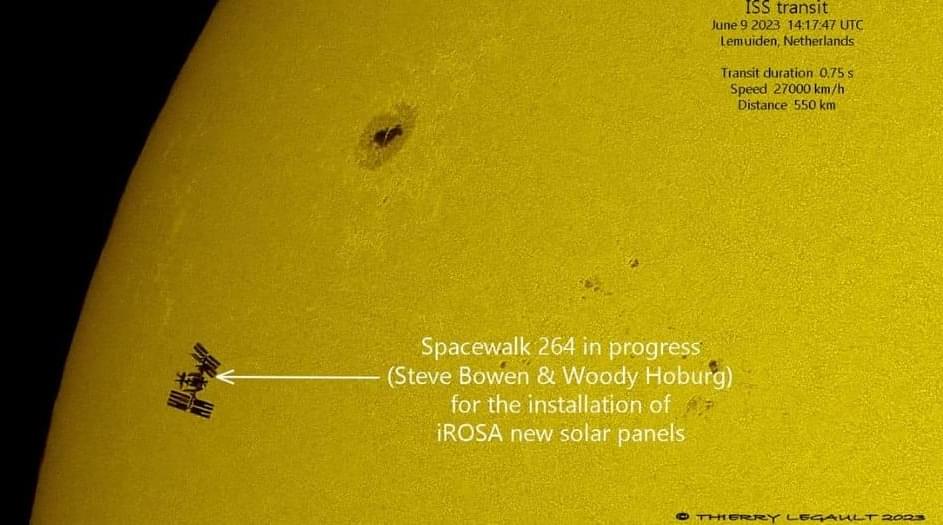Wolf-Rayet (WR) stars are not only hot, bright, and massive. They are also in an advanced stage of evolution, losing mass at an incredible rate.
While surveying the neighboring Andromeda galaxy, astronomers discovered a new batch of Wolf-Rayet stars.
Some huge stars in galaxies may develop into Wolf-Rayet stars before going supernova. That’s why, Wolf-Rayet stars are intriguing candidates for studying the universe’s evolution.
